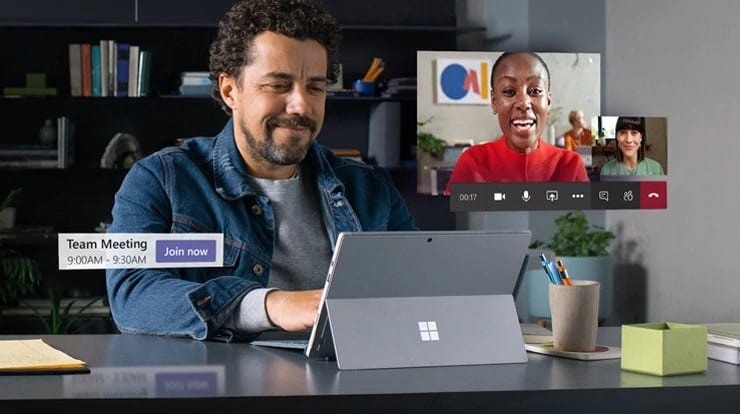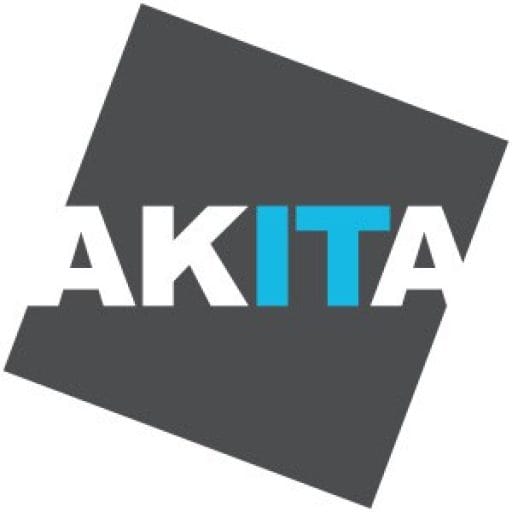Now entering the ‘new normal’, it’s clear that video conferencing is here to stay as a workplace solution.
With a range of video conferencing solutions available, we provide a rundown of the options on the market.
Skype for Business
Skype for Business has been a staple solution for a number of years. With up to 250 participants a call it can easily handle company meetings or small events. It also has a high-level of security and can be used across different platforms, such as Windows, Android, IOS and Mac. However, Microsoft has announced it will be retiring Skype for Business in July 2021, so investing time and money in a deployment now would offer limited value.
Microsoft Teams
Microsoft Teams is the rising star for video calling and conferencing. Easy to use for meetings of two or more people, it can also be used for live events of up to 10,000 attendees – much more than most other video solutions. Like some of the other platforms listed here, Microsoft Teams provides high-quality sound and video with a screen-sharing function, but with the added benefit of the security and compliance of Microsoft 365.

Microsoft Teams can use Calendar to schedule calls
Teams can integrate with a wide range of other Microsoft applications (such as SharePoint and the Office suite), and has a range of useful add-ons such as Planner and Calendar. Many organisations will find they already have access to Teams via existing Office 365 licences. And as a plus, Teams can even be turned into a phone system with additional bolt-on licences.
Zoom
The other big name in video calling, Zoom has become a staple of work and home video conferencing solution thanks to the unlimited calls it has been offering during lockdown (even if free users are now encountering a 40-minute meeting restriction). Zoom offers high-quality calling, is feature-laden and makes it easy to share screens and content while on a call. However, it is a standalone product, so don’t expect the useful integrations available from applications like Teams.
Google Hangouts
Google Hangouts has proven popular with education providers, many of whom have been using Google Classroom during lockdown. It is easy to use, with many users rating the quality of the audio and video highly. However, trying to get everyone on to a Hangouts call can be tricky (particularly if users don’t have a Gmail account) and some users have had problems with calls cutting off or audio dropping during larger group chats.
Facebook Video
Another great way of keeping in touch with friends and family, especially during lockdown. However, despite Facebook’s attempts to branch into business services, the platform still doesn’t carry the same air of professionalism as the others listed here. Aside from the unnecessary distraction of accessing Facebook during working hours, it only allows for up to 50 people in a video chat at once. There are also restrictions in some countries and with certain internet providers.
3CX
A curveball, but users of Akita’s 3CX VoIP systems will discover they have access to a highly-functional video conferencing solution as part of both the 3CX desktop and mobile applications. It’s easy to use and non-3CX users can be brought into meetings with ease.

A 3CX VoIP system includes video conferencing from a computer or mobile device
Plus, having your video conferencing solution linked to your phone system offers various benefits in terms of call logging and recording.
Need further guidance on a video conferencing solution?
To discuss the right video conferencing solution for your organisation, as well as recommended video conferencing hardware, please get in touch.




